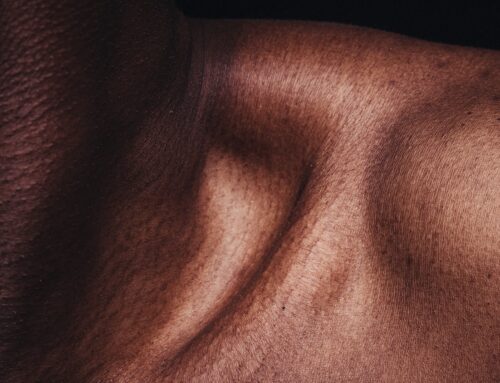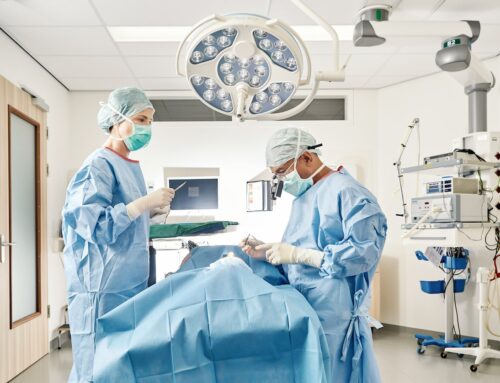Treating lipedema through liposuction
Do you suffer from an abnormal distribution of fatty tissue near your legs and/or arms? In addition, are you trying to lose weight by exercising and watching your diet but not making a difference? If so, you may have lipedema. Lipedema is a painful and chronic condition in which fatty tissue is unevenly distributed throughout the body and is most common in women. Fat deposits restrict movement and affect your self-confidence. In this article, our plastic surgeon René van der Hulst explains to you what it is, and more importantly, what you can do about it.
What is it?
In lipedema, there is a disorder in the production of fatty tissue. The fat cells in the tissue in lipedema are enlarged, attract and retain fluid. As a result, large amounts of unevenly distributed fat and moisture swell. This occurs particularly under the skin of the hips, thighs, upper legs, knees, lower legs and sometimes the arms. As this fat produces bad substances, blood and lymph vessels are damaged and nerve endings are stimulated. Consequently, due to the reduced drainage, inflammation is released. As a result, it feels painful and you develop bruises faster. Pits can also develop in the thighs, also called “orange peel” or “cellulite. Unfortunately, these fat deposits do not go away with exercise or dieting.
Symptoms that may be present
- Heavy and painful legs and/or arms due to excess fatty tissue,
- Abnormal, flabby fat distribution that stops abruptly at the knees/ankles or elbows/wrists,
- Virtually no improvement with exercise or weight reduction,
- The skin is painful and looks like an extreme form of cellulite (orange peel),
- Rapid bruising at the site of lipedema,
- Swollen legs due to fluid accumulation,
- Rapid fatigue and limited range of motion.
How do you get it?
The origin of lipedema and the exact cause is not known. Hereditary factors do play a role. In addition, symptoms often begin or worsen with hormonal changes (puberty, during or after pregnancy, menopause) and the condition can arise as a result of a thyroid disorder. It may be that by gaining weight and eating fast carbs, the abnormal fat cells fill up and fail to burn them (when losing weight). Thus, fat cells become thicker and thicker. Lipedema comes in varying degrees and the course is not the same in everyone. One patient develops a minor lip edema without pain and restriction of movement and this remains so throughout life. In another patient, there may be a severe stage in which severe pain and movement restriction develop. It can be a gradual process, or it can be accompanied by sudden exacerbations and periods of rest. As a result, quality of life may deteriorate.
What can you do about it?
We understand that you can be quite bothered by what this condition does to your body. You may experience less self-confidence as a result. In addition, of course, it is never nice to walk around with pain. We can help you with this. Lipedema can be treated in different ways. Multiple approaches will be required for optimal results. Liposuction (the “sucking out” of fat) is one of them, and also the only proven treatment that can produce a visible and permanent reduction in fat volume.
Liposuction for Lipedema
Liposuction, also called liposculpture, is a good solution to correct lipedema. Liposuction with tumescent local anesthesia (LTA) is a surgical technique, in which excess fat is removed. Treatment aims to improve your functioning and quality of life.
During this treatment, we remove subcutaneous fatty tissue, restoring balance to the body contours. Fat volume then decreases and pain and fatigue symptoms will often subside. The results are permanent if you maintain your weight. Liposuction is not an alternative to dieting to lose weight.
Before treatment, we carefully mark out where the fat will be removed and where the incisions will be made. The fat cells are aspirated through a fine suction needle that makes small zigzag movements under the skin. The duration of the treatment depends on the area, it can range from 1 to 3 hours.
The incisions are so small that no noticeable scars remain. They are taped with band-aids or very fine sutures. If all goes well, you can go home immediately after the check-up. You are not allowed to drive yourself but have someone take you home.
If you would like more information about liposuction treatment after reading this article? We will be happy to inform you during a consultation. Contact us for a no-obligation intake interview.








